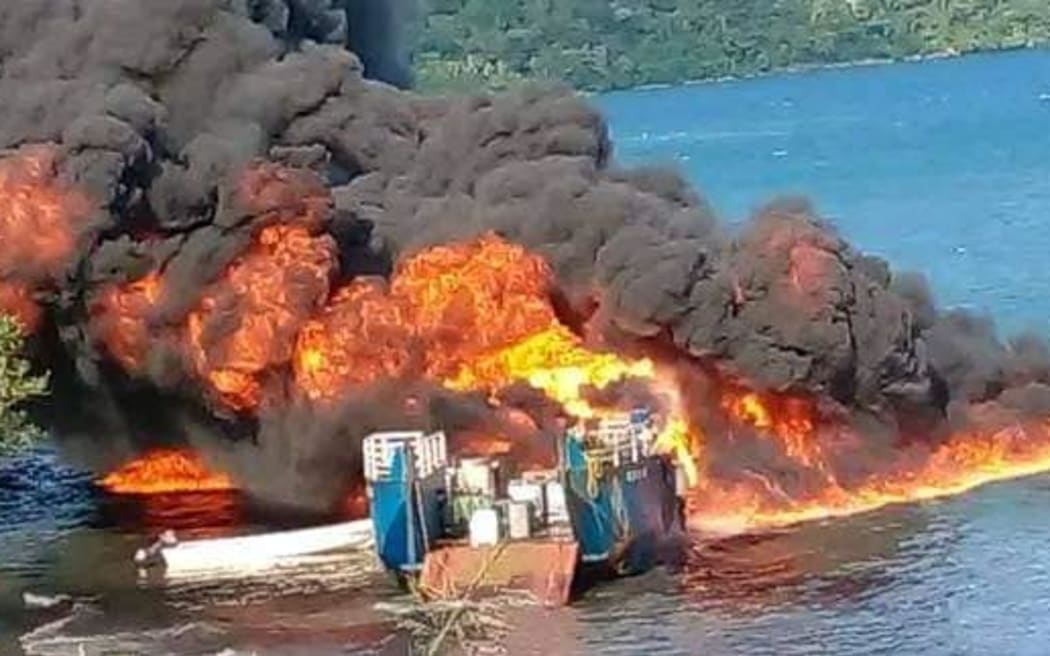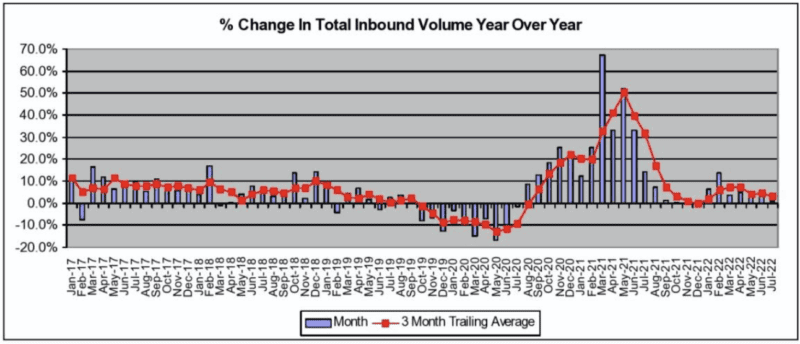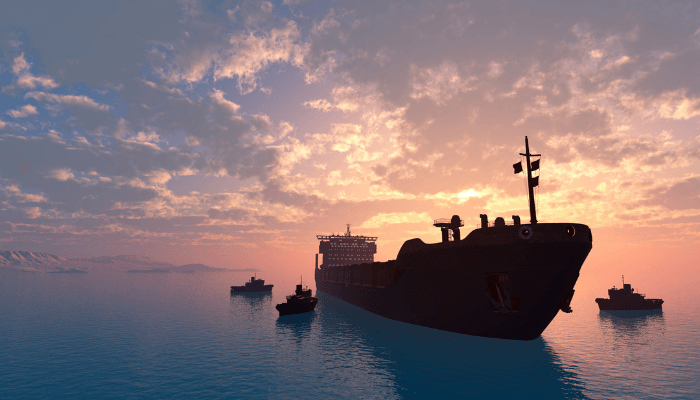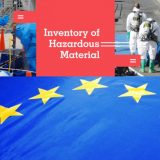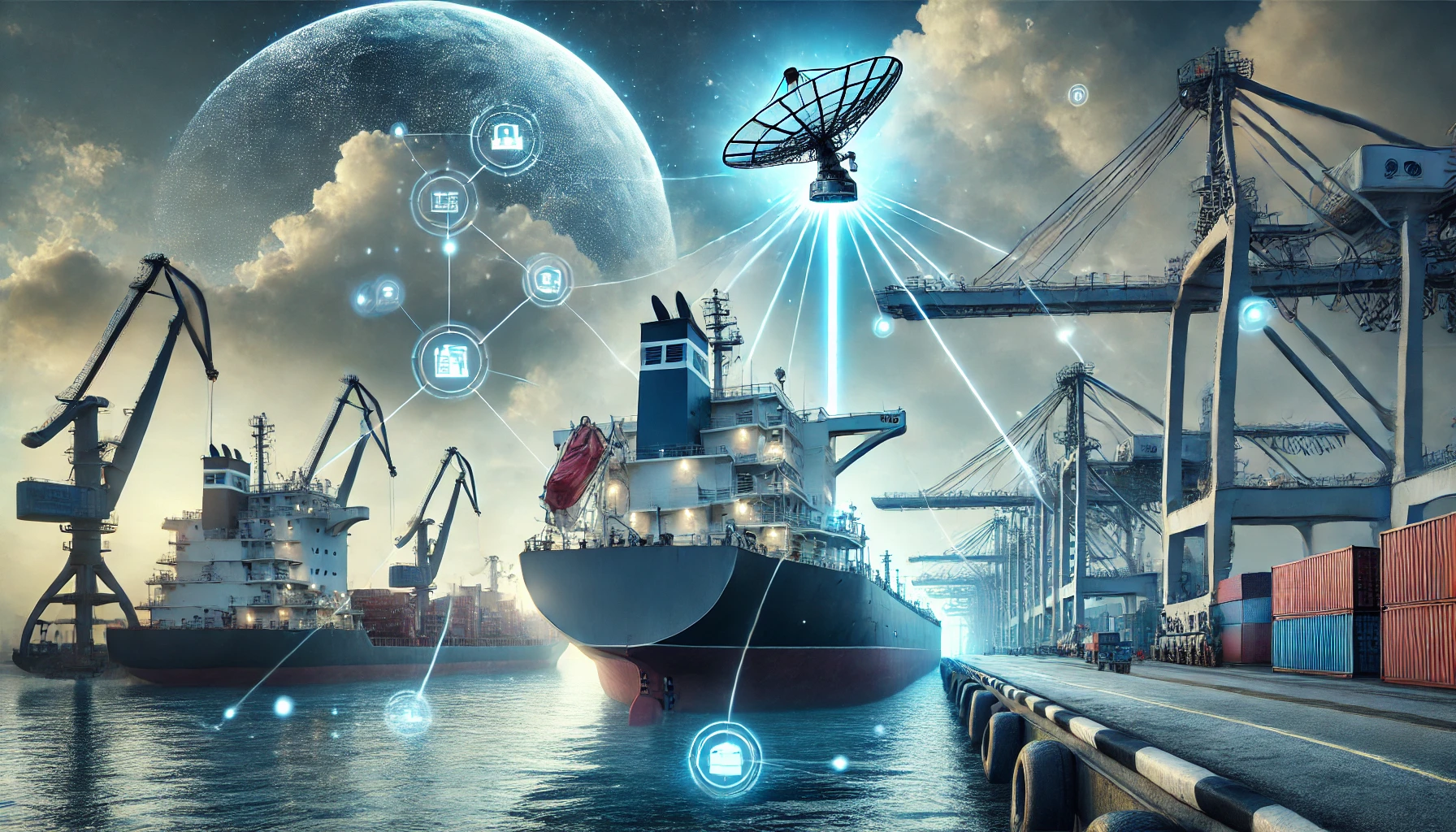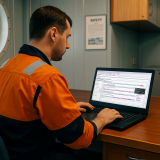Jurong Port, Mitsubishi Heavy Industries Asia Pacific (MHI-AP), a subsidiary of Mitsubishi Heavy Industries, and JERA Asia, a subsidiary of JERA, August 19 concluded a Memorandum of Understanding (MoU) to jointly explore establishing a 100% ammonia direct combustion power plant on Jurong Island, Singapore, which houses the country’s chemical and energy industries.
Under the MoU, a joint study will be conducted, where a 60MW class gas turbine combined cycle plant fueled by 100% ammonia is planned to be set up to produce carbon-neutral electricity, as well as stimulate ammonia demand to be ready for ammonia bunkering in future.
This MoU builds upon an initial agreement between Jurong Port and MHI-AP signed in August 2021 for a pre-feasibility study on ammonia direct combustion technology for green power generation, which was concluded successfully in March 2022.
In February this year, the Singapore government raised its climate ambition to achieve net-zero CO2 emissions by or around 2050. This project is in alignment with the overall national decarbonization goals, as it aims to utilize ammonia – which can efficiently transport and store hydrogen in a liquid state at low cost – as a fuel to generate carbon-free electricity, and as the main bunkering fuel in future to decarbonize the maritime sector. The MoU will hence explore the viability and commercialization of ammonia for these purposes.
Ooi Boon Hoe, Chief Executive Officer, Jurong Port, said: “We feel this MoU could help pave the way for encouraging the adoption of hydrogen in Singapore through aggregation of demand across multiple sectors, mainly the power sector and the maritime sector, thereby addressing the chicken-and-egg conundrum of infrastructure versus demand needs for maritime and domestic power generation.
“This collaboration is certainly consistent with the spirit of reinforcing Singapore’s premier bunkering hub status – for current, transition and future fuels.”
Osamu Ono, Managing Director, MHI-AP, said: “Ammonia, which consists of hydrogen and nitrogen, is a highly efficient hydrogen carrier and can be directly combusted as a carbon neutral fuel, thereby contributing to the establishment of a robust hydrogen value chain.
“At MHI, we believe that ammonia and hydrogen are key fuels that can help countries meet their net zero goals, and this MoU is an exciting opportunity for us to contribute our technology and expertise to achieve sustainable development in Singapore and subsequently realize the global sustainability agenda.”
Toshiro Kudama, Chief Executive Officer, JERA Asia, said: “JERA is committed to providing cutting edge solutions to the world’s energy issues and is actively working to strengthen both the ammonia and hydrogen value chains. We believe this MoU offers a unique opportunity to support Singapore’s decarbonization efforts while advancing the ammonia technology development for carbon neutral power generation.
“Through initiatives like this, JERA will leverage its experience and capabilities to help countries to reach their net-zero CO2 emissions targets and to build a clean energy supply chain in the region.”
Source: https://maritimefairtrade.org/jurong-port-signs-mou-to-set-up-ammonia-direct-combustion-power-plant/


